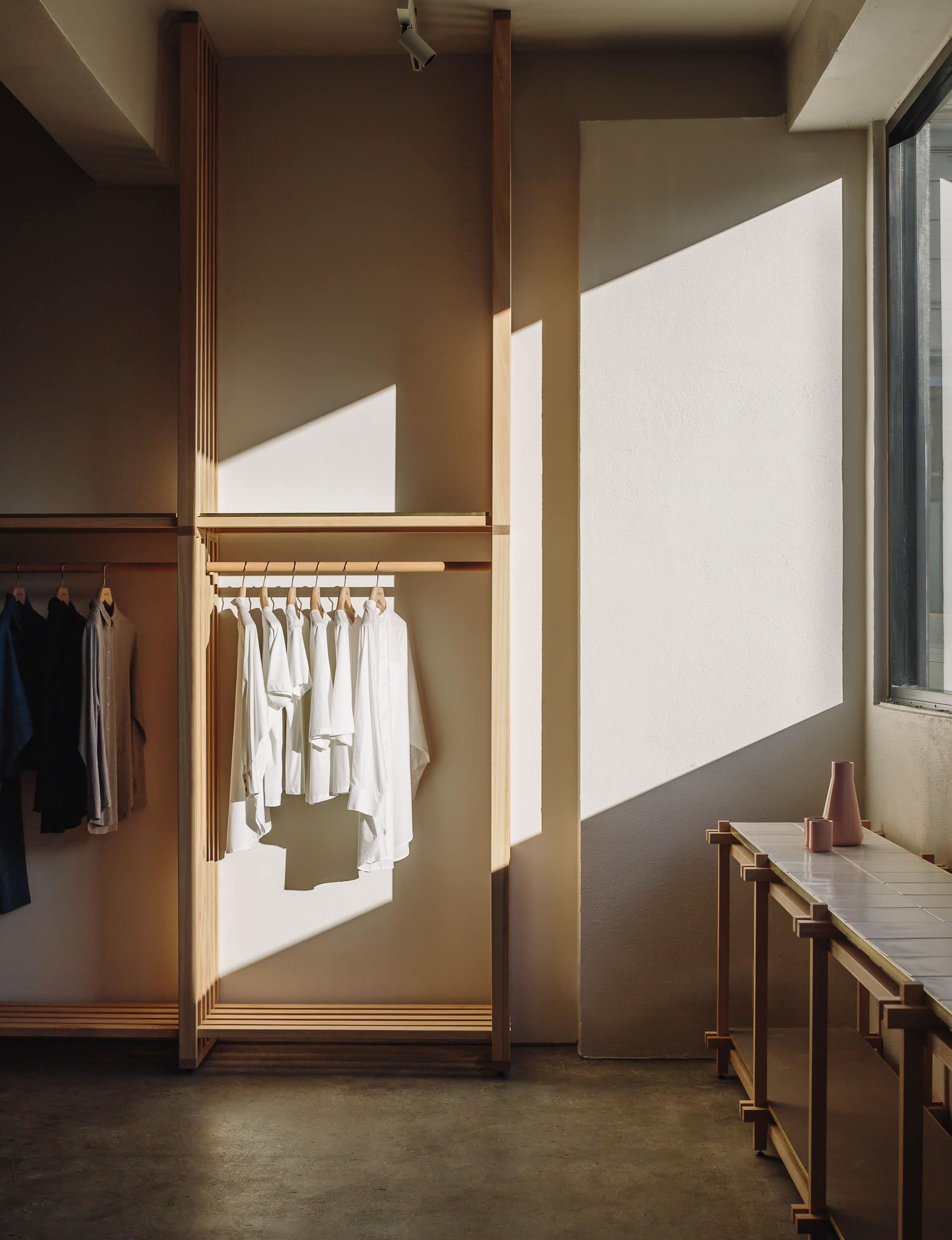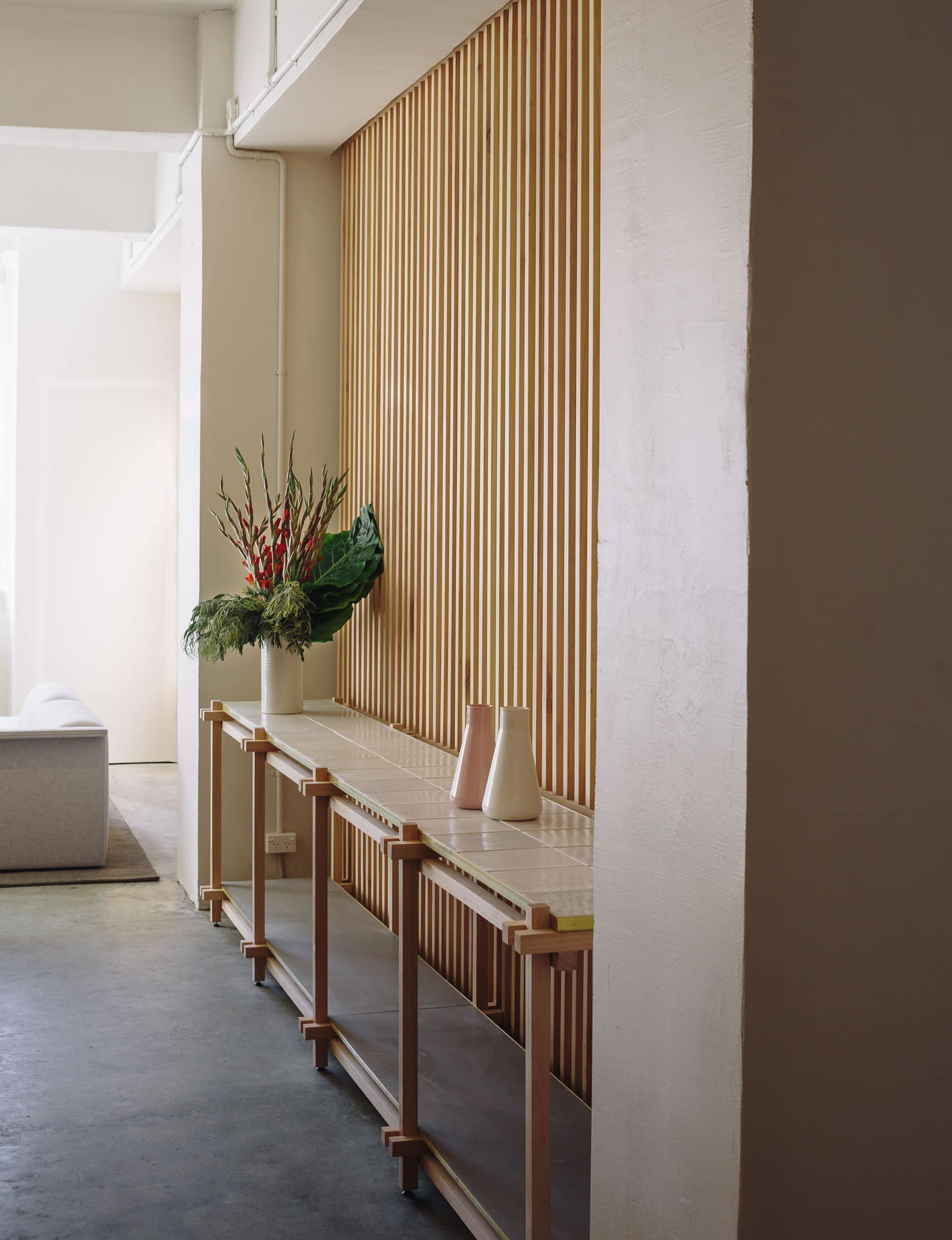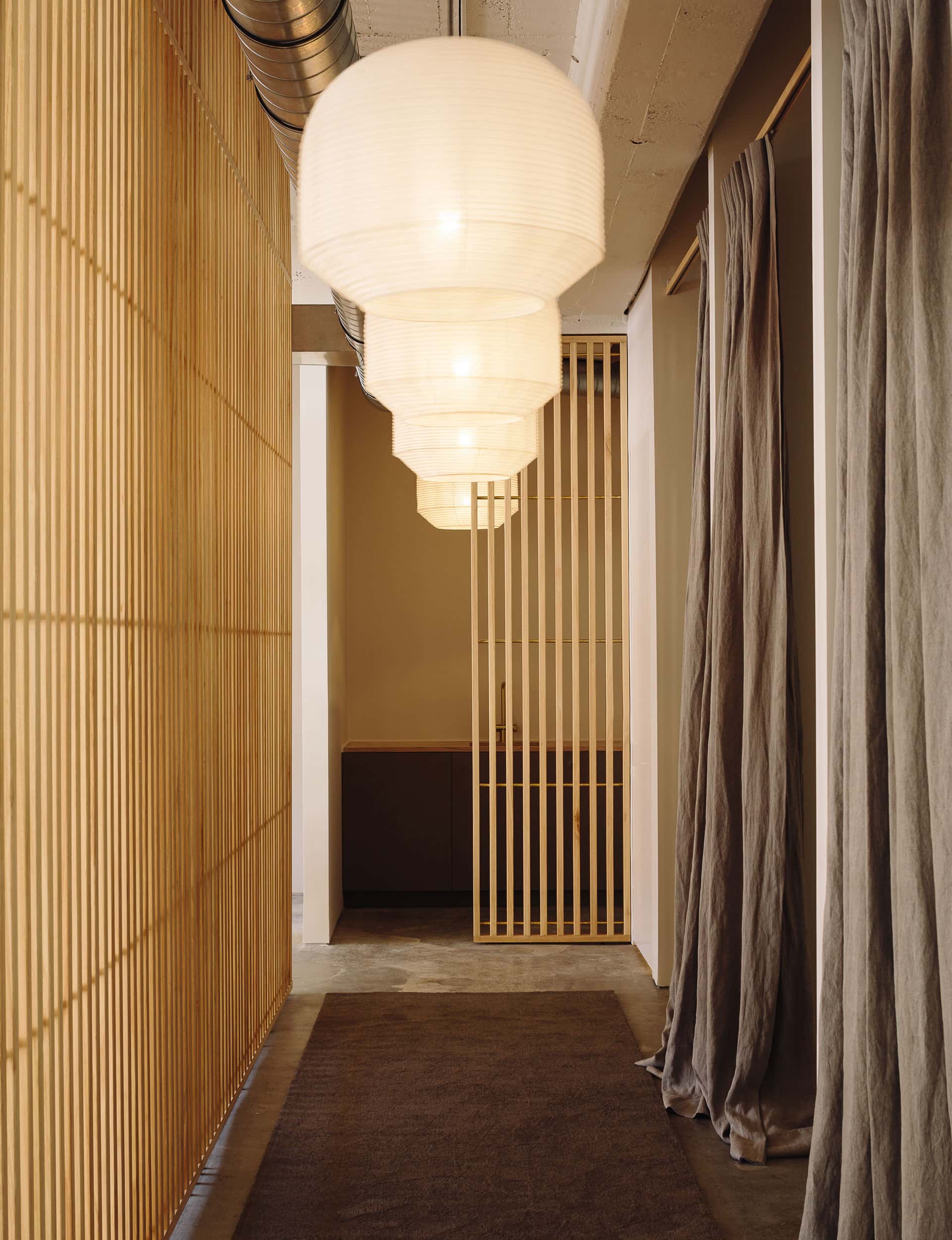A new store for clothing label Kowtow flies the flag for sustainability and refined design

Fashion label Kowtow opens sustainable new store in Wellington
When Gosia Piatek launched her fashion label Kowtow more than a decade ago, ethical and sustainable values were her foundation. The brand’s new flagship store in Te Aro, Wellington, continues the theme of conscious fashion and considered design.
Working with interior architect Rufus Knight, Piatek has realised a simple yet generous aesthetic with large storefront windows and gallery-like spaces. “The store opening is an opportunity to bring the Kowtow ethos into a physical space,” says Piatek. “Every detail was considered – from the recycled nylon rugs to the New Zealand-grown and milled timber.”
Why did you open the store?
Gosia Piatek: We wanted to give Kowtow a physical home, somewhere we could show our customers what a Kowtow space looks like. We wanted it to be an extension of the brand – minimal, beautifully crafted and sustainably made.

What are the main design influences here?
I love the mixture of a Scandinavian and Japanese aesthetic, which is the same for our clothing design. We wanted a space that wouldn’t compete with our clothing, a gallery-like space with a minimal yet warm feeling, made with the most sustainable materials New Zealand has to offer. From the get go, Rufus suggested that we bring in a hand-crafted element and we approached ceramic artist Gidon Bing, who we’ve collaborated with in the past, to create hundreds of crackle-glaze tiles for our counter top and shelving. It was important for the space to feel crafted, which has been achieved with joinery by Wellington’s Makers Fabrication [part of Makers of Architecture], who physically brought the space to life.
Your brand has ethical and sustainable values at its core – how did this influence design decisions?
I think this was the most exciting aspect of the entire project and Rufus was very clever in approaching Makers of Architecture, who are also deeply rooted in sustainable values, to execute the project. Working with like-minded individuals made the project very easy as they were passionate about showing us only sustainable options.

The woodwork is striking.
Rufus gave us traditional Japanese inspiration for woodwork in his original mood board, which we fell in love with. The shelving and racking was difficult to design. We needed something substantial to fill the large space, yet for it to still feel minimal and beautifully executed. For the back wall area we wanted a modular feeling, so the shelves and racks can be interchanged depending on what stock we want to showcase. There’s a lot of woodwork in the store, yet there are no visible nails. It really is so beautiful and simple, yet it took a lot of working out to get to this point. It’s my favourite part of the store.
Kowtow
29 College Street, Te Aro, Wellington
kowtowclothing.com
Words by: Jessica-Belle Greer. Photography by: Simon Wilson.
[related_articles post1=”80949″ post2=”80921″]






